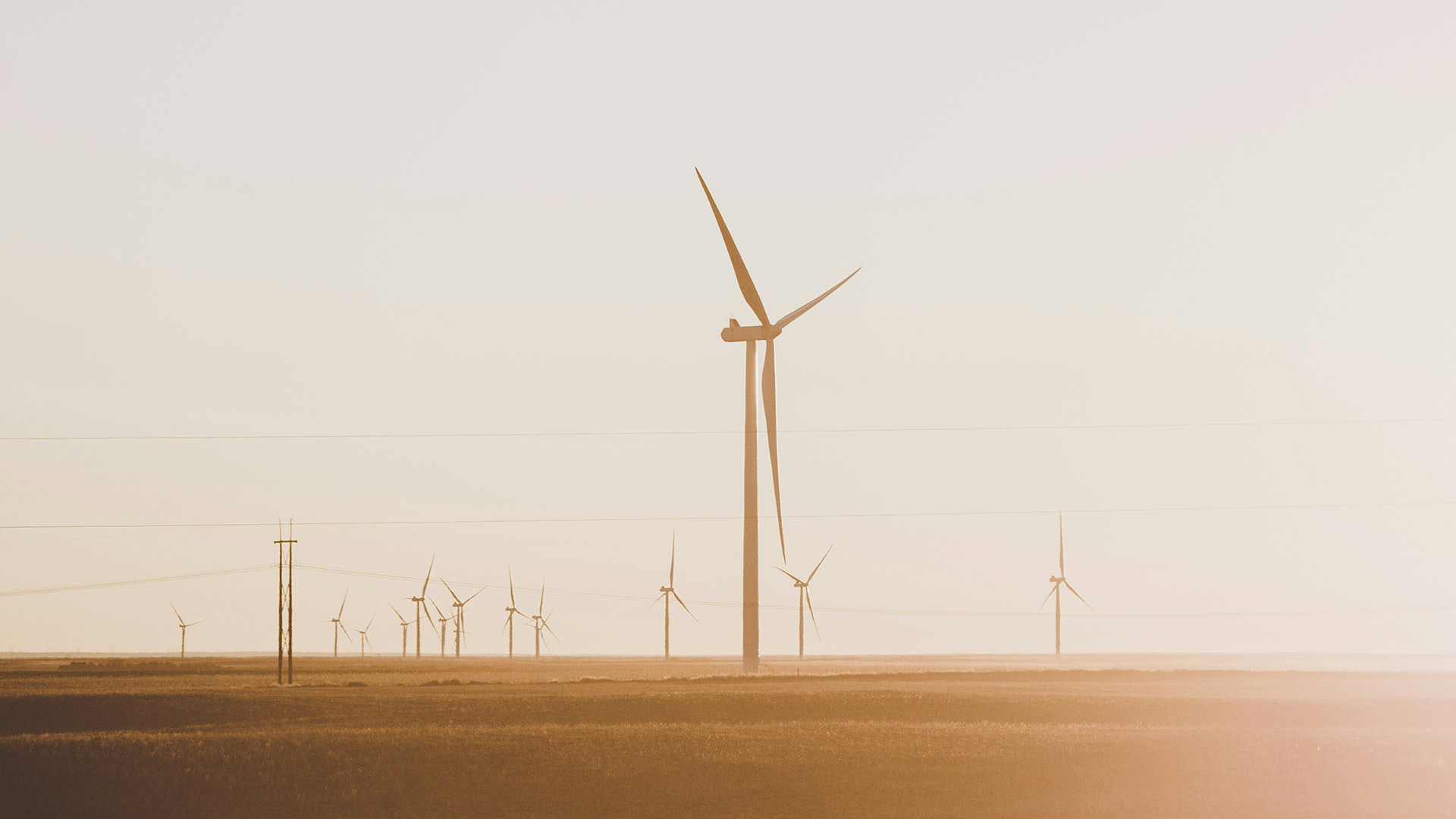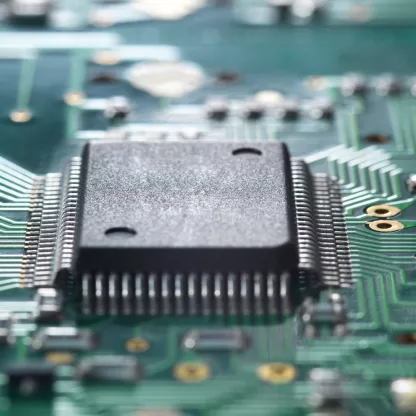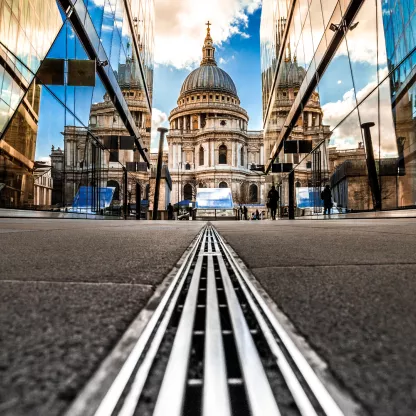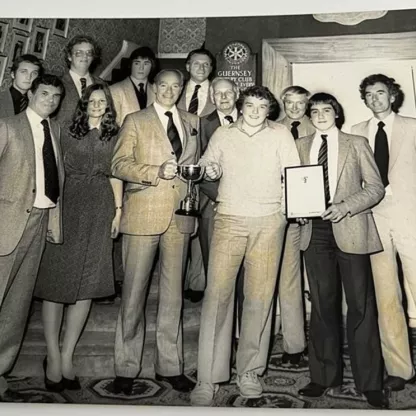Making our economies cleaner requires a complete overhaul of how we produce energy. Yet how we transmit, store and conserve that power is equally important, argues sustainable multi-asset investment specialist Rahab Paracha.

Power to the people
We are smack bang in the middle of a herculean effort to shift our world from one that runs on carbon to one driven by cleaner energy. A lot of attention and investment is going into generating more clean power, yet we think it’s just as important to reduce our energy needs and improve the infrastructure required to handle that low-carbon future.
Electricity is one of the cleanest and most versatile energy sources we have at our disposal right now, so it captures a lot of the limelight. Yet about a third of the world’s electricity is still created by burning coal. Natural-gas-fired power plants account for 20%, and nuclear another 10%. The remainder is renewably generated, with hydropower larger than wind, solar and biomass combined. Renewable energy is growing fast, but from a low base.

Source: International Energy Agency, Rathbones, data for 2023
Not only that, but electricity generation is only part of the energy we use. There’s also the petrol and diesel fuel needed to power the mainstay of cars, boats, planes and trains. When more and more of these vehicles move to electric power – particularly cars – the amount of electricity we will need will increase substantially. That means we need lots more clean generation. But it also means our electricity grids need to grow and change to cater for this greater load. They need to be able to allow for storing electricity, whether through industrial batteries, in people’s cars or other techniques still in development. They also need to deal with much greater variation in generation (simplistically, lots of power on windy days and much less when all is becalmed). And networks need to be upgraded to allow electricity to travel in both directions, so that power can be sent where it’s needed.
We own National Grid, the business that manages the high-tension pylons that carry the UK’s power across the country. It’s halfway through the largest overhaul of the grid in generations, which is expected to cost £16 billion, to help the UK’s hit its low-carbon goals. The ‘Great Grid Upgrade’ started in 2021 and is expected to be complete in 2026. This is vital work that is happening deep in the background. This sort of infrastructure improvement doesn’t get much press, but without it our country wouldn’t be able to move to cleaner energy.
Heating smarter
Then there’s the power required to heat our buildings and cook our food. Here in the UK, that’s overwhelmingly gas, which, while better than coal, isn’t ideal. We also burn a lot of wood, biofuel pellets and other solid fuels, which makes sense given our very old housing stock – there’s plenty of chimneys around that can be used for old-fashioned heating. That old housing stock also means our homes are very inefficient to heat – lots of warmth escapes through walls, windows and doors, which increases the amount of energy needed. While the UK does have a particularly old housing stock, poor energy efficiency is a problem worldwide.
New buildings are much better at retaining heat because of modern techniques and insulation products. Here in the UK, the average existing home is roughly a fifth less energy efficient than an average brand-new one. Because homes tend to last a long time, much of the potential improvements in energy efficiency come from retrofitting older buildings. While there is an upfront cost to this, the savings in terms of energy and future power bills are huge when measured over many years. That’s why many governments – both here and abroad – subsidise households installing insulation.
US-based insulation and roofing supplier Owens Corning, which we own, invented fibreglass insulation and has continued to develop it over decades. It has a plethora of other insulation products that help with all types of jobs, from retro-fitting old homes and offices to new builds. While most of Owen Cornings’ sales come from North America, it operates in more than 30 nations. We believe the need to make buildings more efficient creates a strong demand for companies like Owens Corning that should endure. The company itself is continually focused on improving energy efficiency in its own production lines as well. Since 2018, the amount of electricity it uses to make each dollar of revenue has fallen almost 30%.
To reduce emissions and keep our energy bills down, we all need to try to use less energy in our lives. Often, investing in better products today helps reduce usage and costs for many years to come. While that can be hard for some people, most governments are aware and offering grants and incentives to encourage take-up.
The way our world is powered must change radically in the coming decades, and the amount we use needs to fall too. Thankfully, there are many businesses creating solutions that mean we can live comfortably while using less energy.
Tune in to The Sharpe End - a multi-asset investing podcast from Rathbones. You can listen here or whenever you get your podcasts. New episodes monthly.









